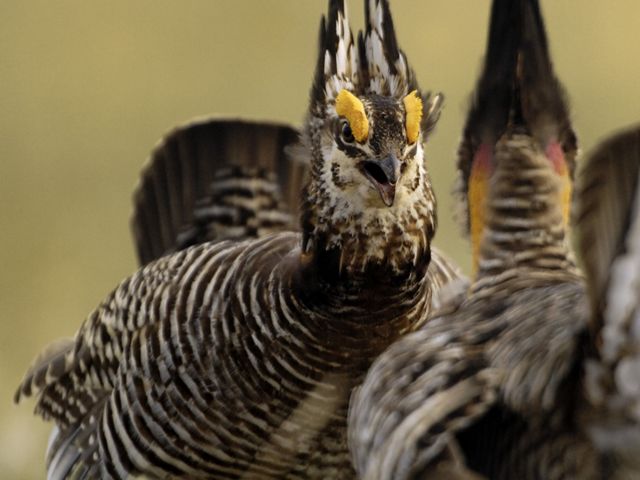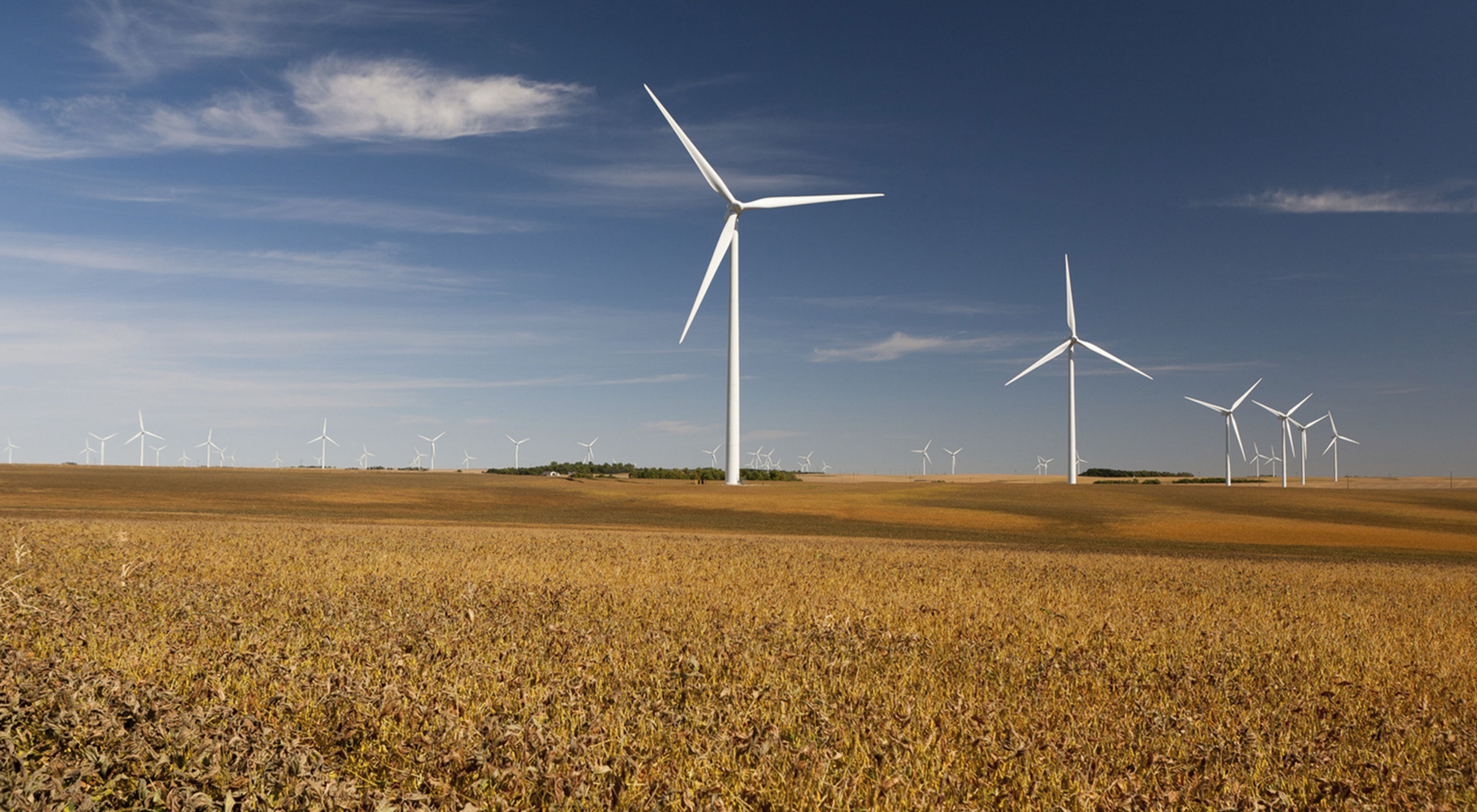Power in the Heartland
Smartly-sited renewable energy preserves wildlife habitat, iconic landscapes.
Imagine low-cost, renewable energy that powers homes, businesses and transportation across much of the United States.
To enrich our economy and protect our lands and waters, we must rapidly transition to clean energy including wind and solar. But as we do so, we must also avoid significant impacts to iconic landscapes and wildlife in the Great Plains and beyond.
Is that possible?
Yes, it is. By planning and investing wisely, we can build a prosperous clean energy future where nature and people thrive.
Improving energy efficiency by reducing the amount of energy we use is essential. It also saves people money, provides cleaner air and reduces carbon emissions that contribute to climate change.
We will still need more energy, however, to meet the needs of a growing population and economy.
To accelerate the transition to clean energy, The Nature Conservancy is promoting rooftop solar, identifying low-impact areas for wind power and encouraging common-sense mitigation to address environmental impacts.
Quote: Jan Glendening
There is more than enough land available to both meet our renewable energy goals and avoid significant impacts to wildlife and high priority conservation areas.

Throughout the United States, states can generate more than a third of their electricity sales from rooftop solar, which doesn’t generate carbon pollution and can be sited on already-converted spaces.
TNC is also helping advance smart, renewable wind energy by encouraging development in areas that are low impact for conservation.
Most onshore wind is developed in the central U.S. Wind Belt, which spans 17 states and accounts for 80% of the country’s onshore wind capacity.
The Wind Belt, which encompasses the Great Plains within the United States, is known for its rich fertile soils and expansive grasslands. Grasslands are the least protected, most threatened habitat type on Earth.
The Great Plains, which extends into Canada and Mexico, is home to many of the best remaining prairies, intact and iconic landscapes in North America including the:
- Osage Hills in Oklahoma
- Flint Hills in Kansas
- Sandhills in Nebraska
- Badlands in Wyoming, North Dakota and South Dakota
- Prairie Coteau in South Dakota, Minnesota and Iowa
Wind and solar energy require up to eight times as much land as conventional sources of energy. Avoiding our most important natural areas and wildlife habitat including native prairies is critical to conservation.
Some of the impacts to wildlife from poorly-sited wind development can include:
- Loss and degradation of habitat from wind turbines and related infrastructure development including access roads and transmission lines
- Fragmentation of large habitat areas that interferes with the migration, feeding, breeding and other activities of sensitive species
- Displacement of and behavioral changes in wildlife; and
- Indirect effects such as increased predator populations or introduction of nonnative plants
Hundreds of thousands of birds including eagles and sandhill cranes and bats are also killed annually in the United States by colliding with wind turbines.

The good news is that we have more than enough degraded land in the region to meet the nation’s renewable energy goals.
“We can meet our climate and land conservation goals,” said Nels Johnson, TNC’s North America Energy Program Director.
One source of information for power purchasers and wind developers is TNC’s Site Wind Right map, which uses the best available science to identify areas of relatively low conservation value that are suitable for wind development.
“Site Wind Right is an approach that allows purchasers or developers of wind power to find where they can go to avoid impacts to natural systems and wildlife,” said Brian Obermeyer, who directs TNC’s work in Kansas’ Flint Hills.
“Wind development is going to happen, and we want it to,” said Mike Fuhr, director of TNC’s work in Oklahoma. “It provides clean energy and good jobs. But we need to be smart about it.”
